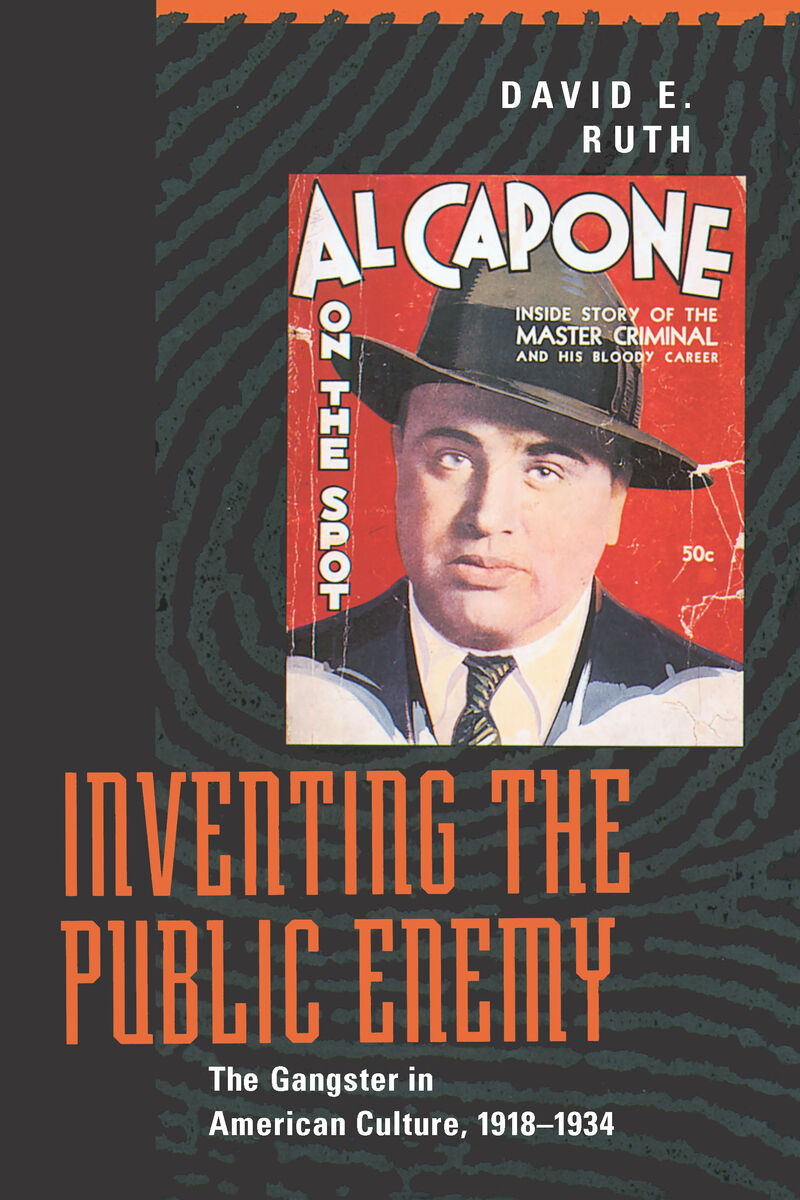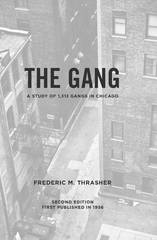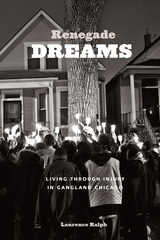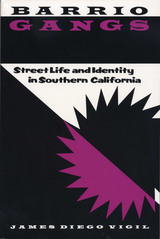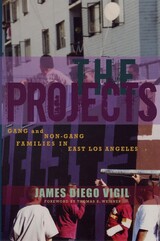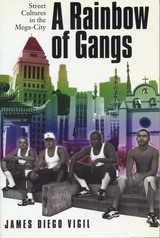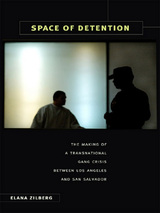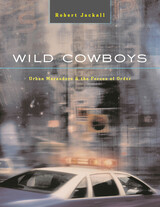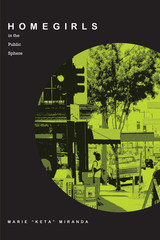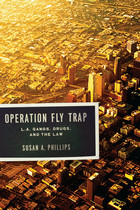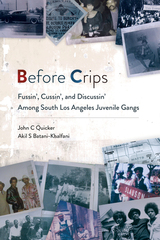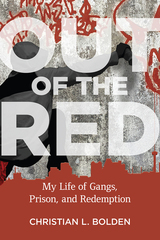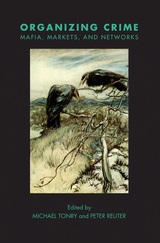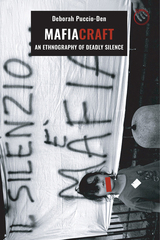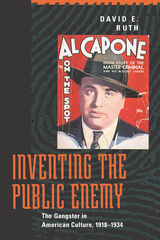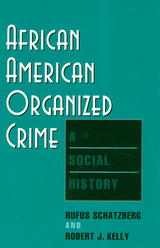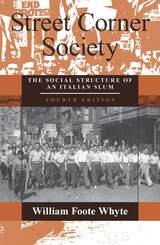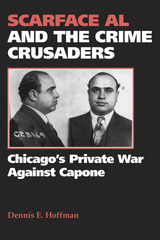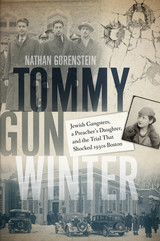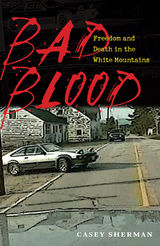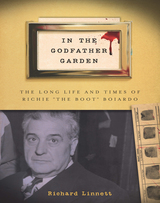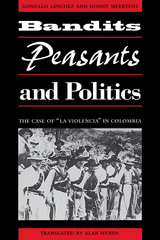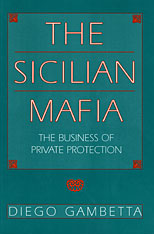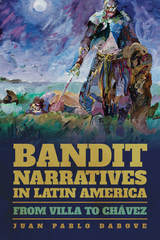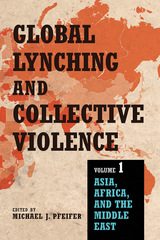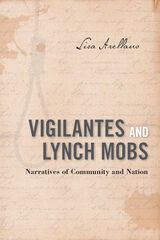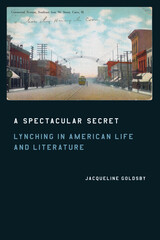Inventing the Public Enemy: The Gangster in American Culture, 1918-1934
University of Chicago Press, 1996
Paper: 978-0-226-73218-3 | Cloth: 978-0-226-73217-6
Library of Congress Classification HV6446.R87 1996
Dewey Decimal Classification 364.106609730904
Paper: 978-0-226-73218-3 | Cloth: 978-0-226-73217-6
Library of Congress Classification HV6446.R87 1996
Dewey Decimal Classification 364.106609730904
ABOUT THIS BOOK | TOC | REQUEST ACCESSIBLE FILE
ABOUT THIS BOOK
In this richly detailed account of mass media images, David Ruth looks at Al Capone and other "invented" gangsters of the 1920s and 1930s. The subject of innumerable newspaper and magazine articles, scores of novels, and hundreds of Hollywood movies, the gangster was a compelling figure for Americans preoccupied with crime and the social turmoil it symbolized. Ruth shows that the media gangster was less a reflection of reality than a projection created from Americans' values, concerns, and ideas about what would sell.
We see efficient criminal executives demonstrating the multifarious uses of organization; dapper, big-spending gangsters highlighting the promises and perils of the emerging consumer society; and gunmen and molls guiding an uncertain public through the shifting terrain of modern gender roles. In this fascinating study, Ruth reveals how the public enemy provides a far-ranging critique of modern culture.
We see efficient criminal executives demonstrating the multifarious uses of organization; dapper, big-spending gangsters highlighting the promises and perils of the emerging consumer society; and gunmen and molls guiding an uncertain public through the shifting terrain of modern gender roles. In this fascinating study, Ruth reveals how the public enemy provides a far-ranging critique of modern culture.
See other books on: American Culture | Gangster | Gangsters | Inventing | Public Enemy
See other titles from University of Chicago Press
